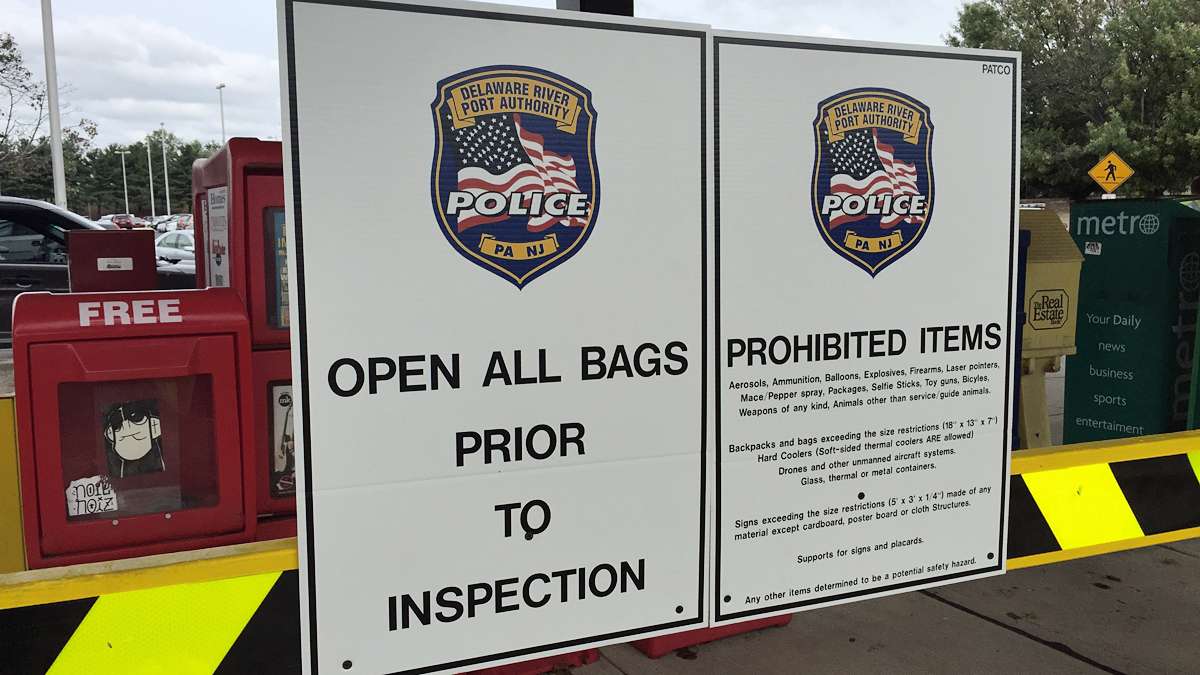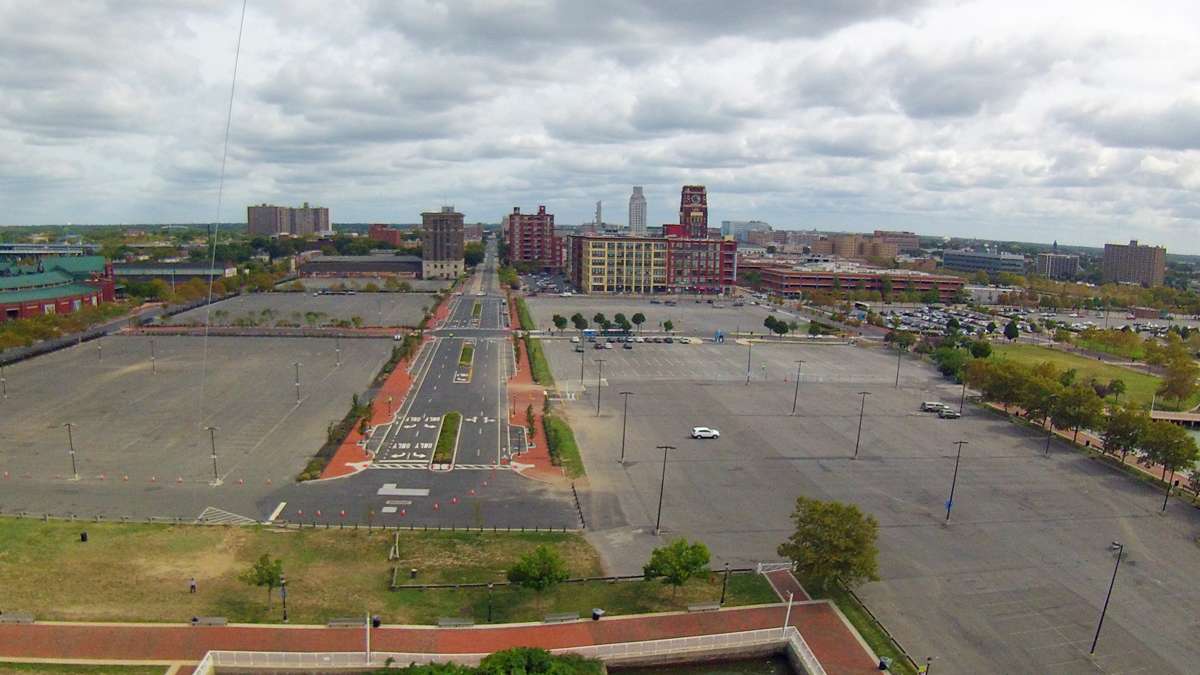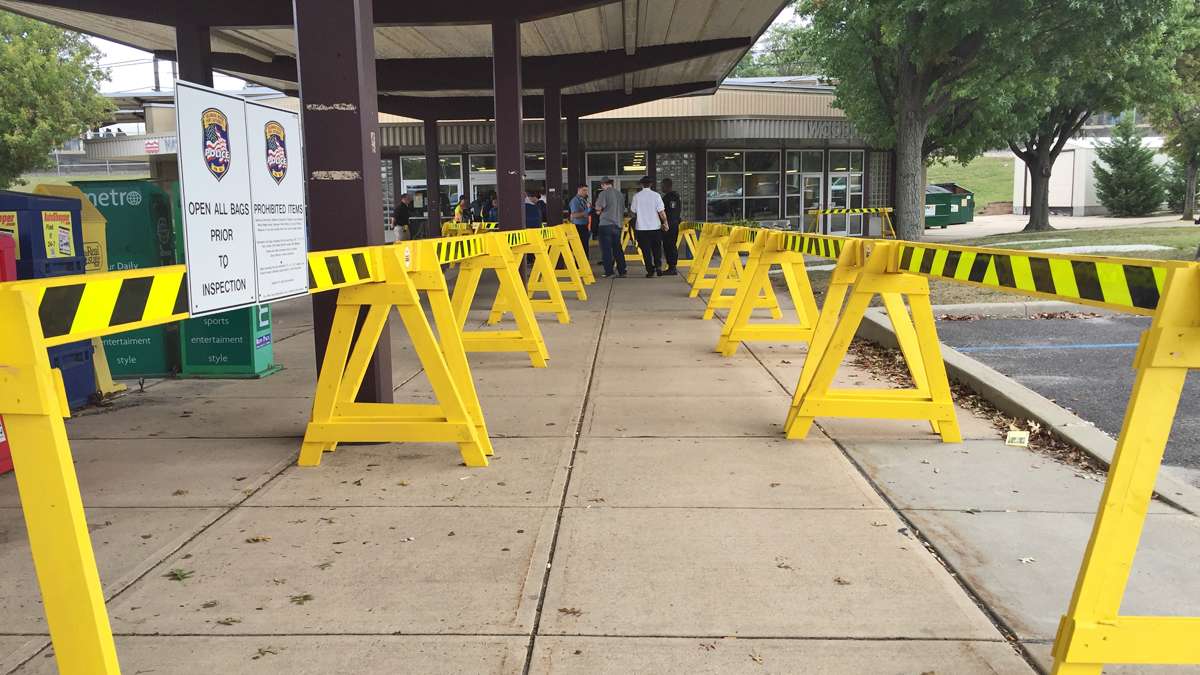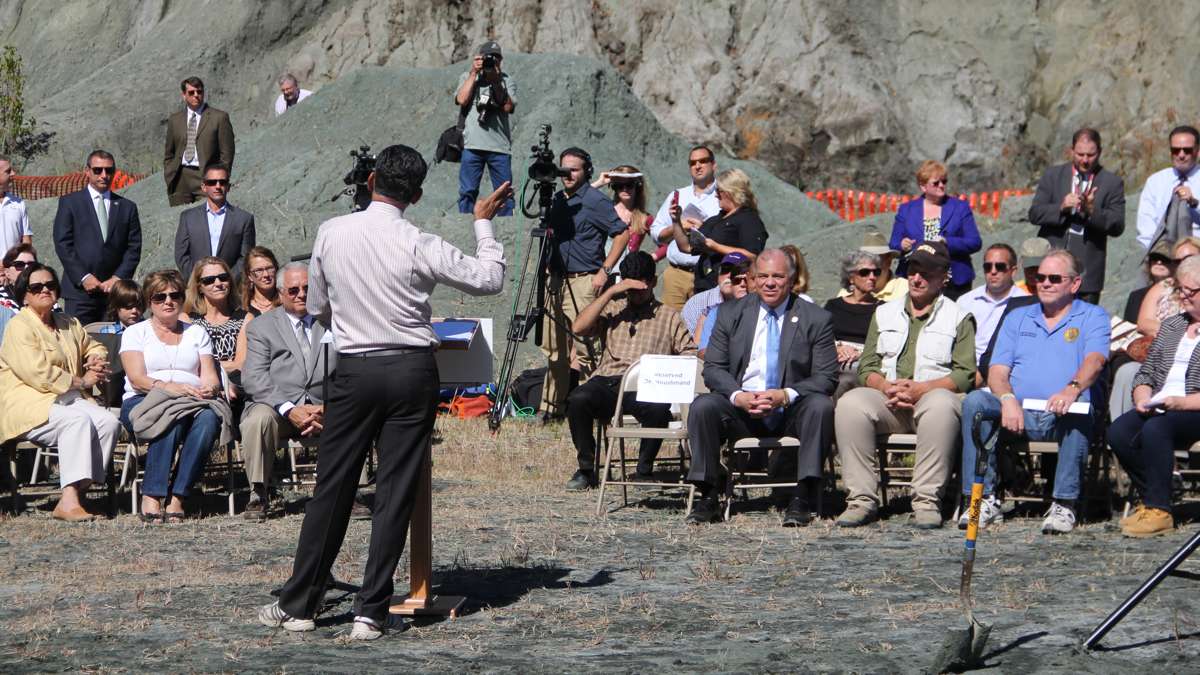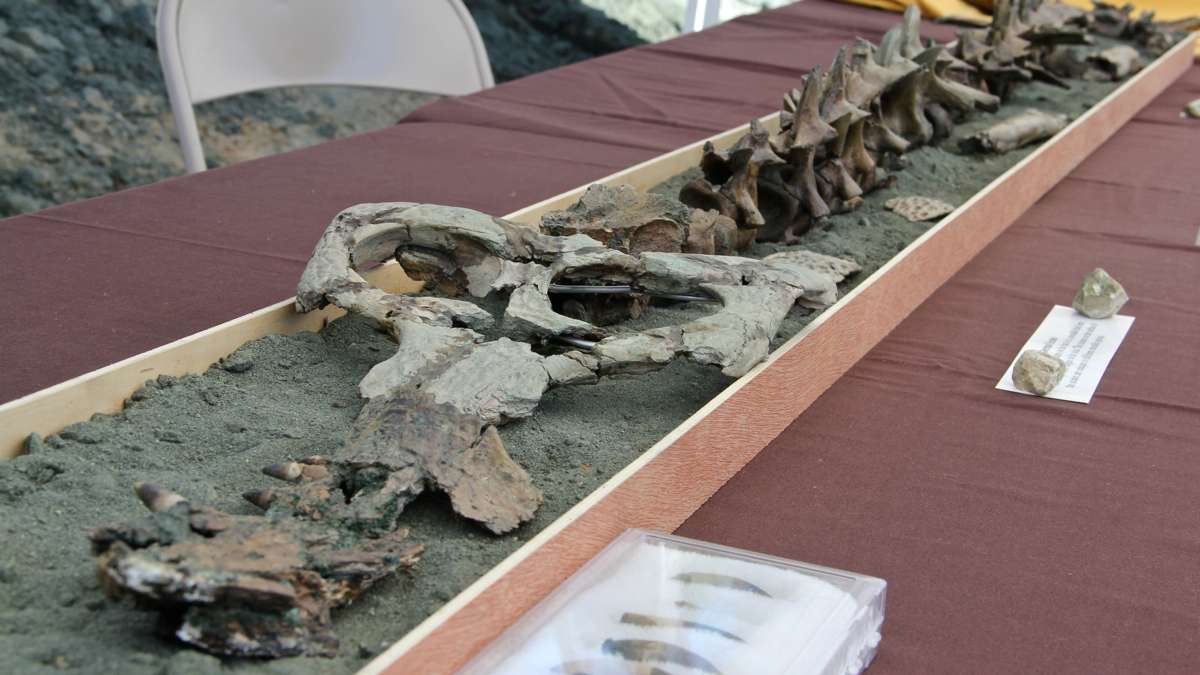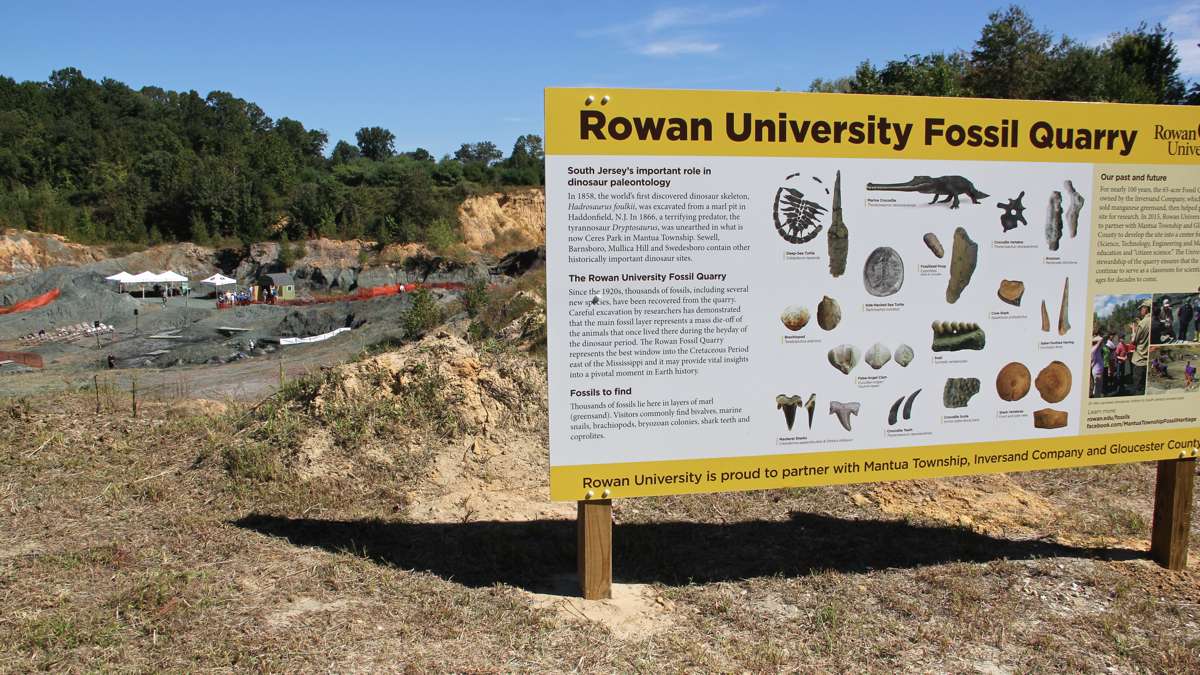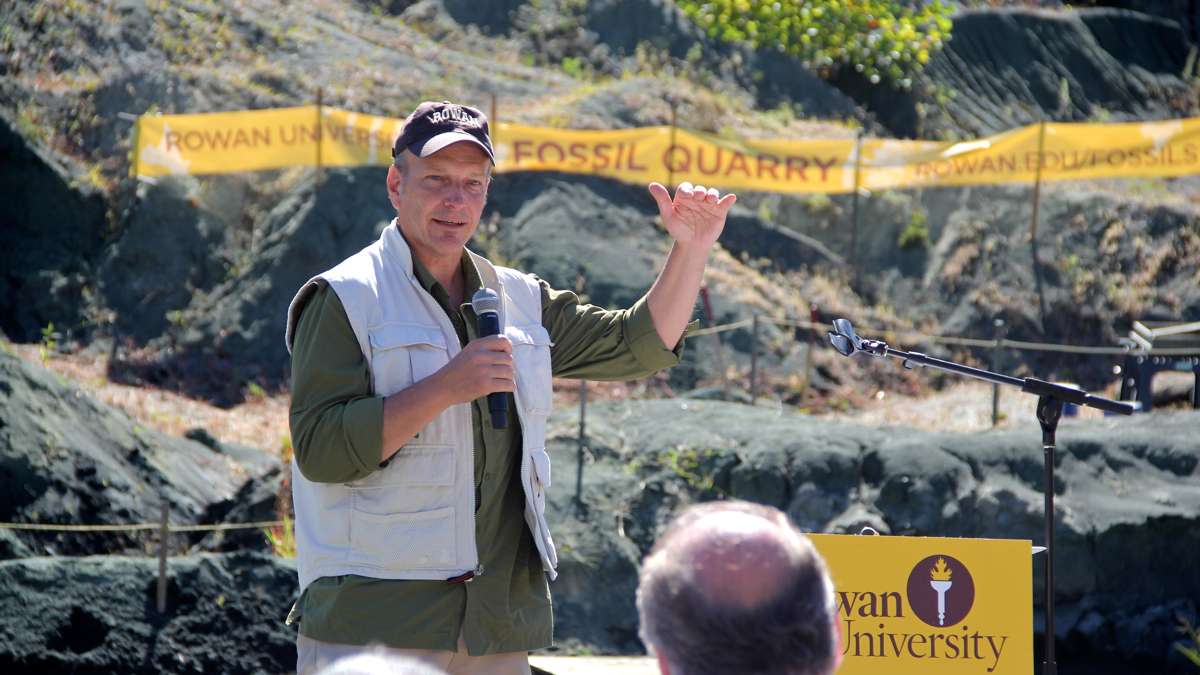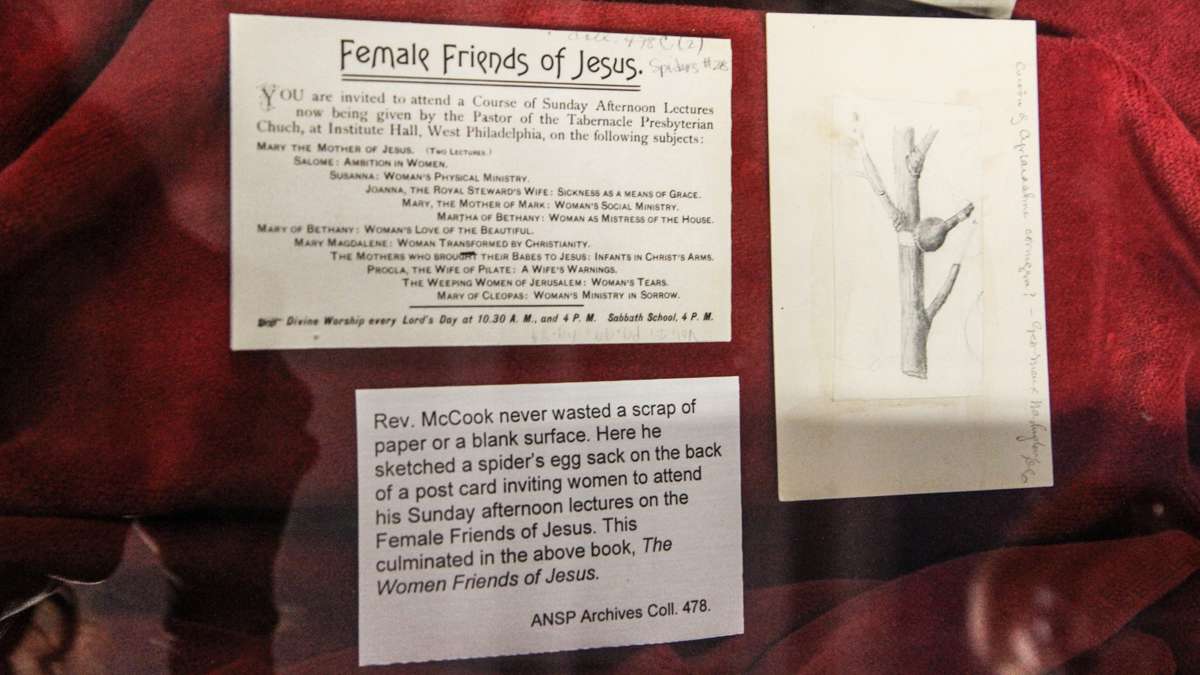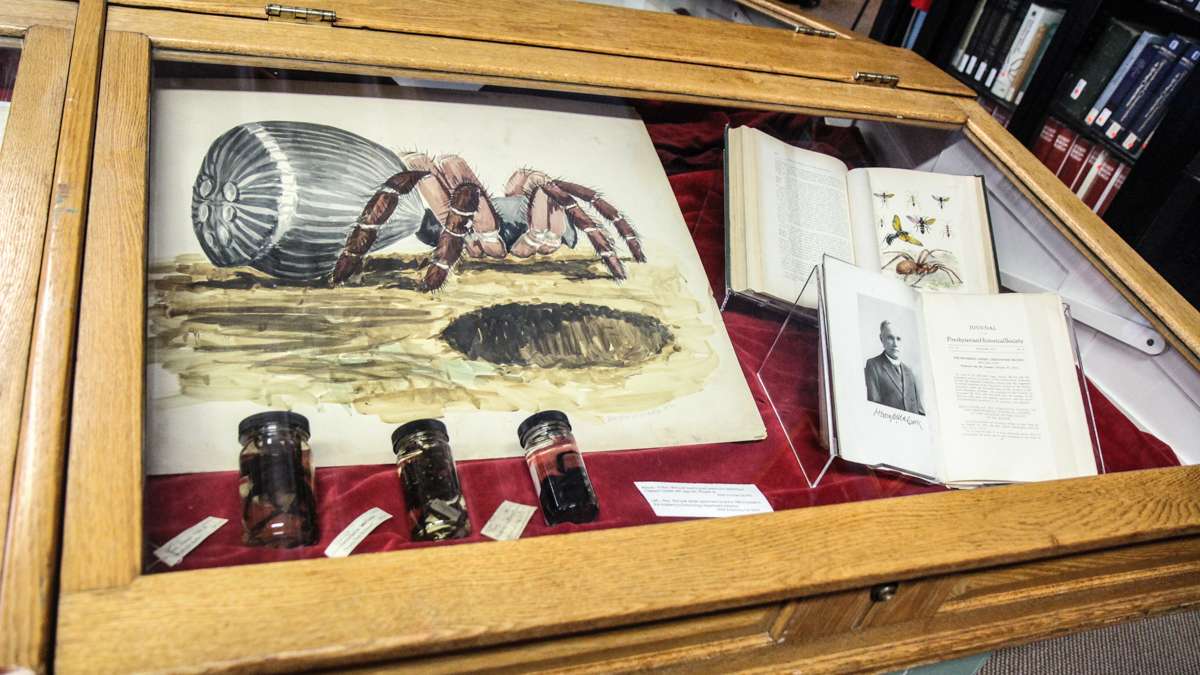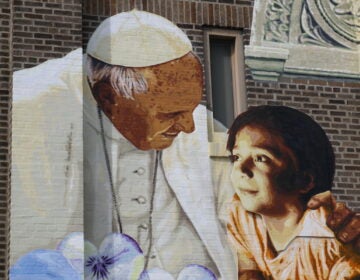Clergy devoted to science steadily add to Philly academy
While Pope Francis is in Philadelphia, the Academy of Natural Sciences of Drexel University will be closed along with most institutions on the Benjamin Franklin Parkway.
Nevertheless, the academy is making the case that it is intimately connected with the pope with its exhibition “The Clergy and the Academy’s Collections.”
Over its 203-year history, the academy’s membership has included scores of clergy members, many of whom have contributed to the academy’s collection of 18 million specimens.
Under glass vitrines in the academy’s library, curator and entomologist Greg Cowper highlights 14 of those contributors, including the Rev. Henry McCook, a Presbyterian minister who founded the Tabernacle Presbyterian Church at 37th and Chestnut streets in West Philadelphia (now the Tabernacle United Church).
McCook liked to liked to lecture about women in the Bible – he would even print cards to advertise his lectures, which would become published as “Female Friends of Jesus.”
He was also an important entomologist who would publish “American Spiders and Their Spinningwork.” He discovered the Basilica Spider, so named because its concave webs resemble a dome atop a church apse.
Science and religion were literally two sides of the same coin for McCook. The reverend would often make notes and sketches on the backs of his printed religious tracts.
“On the back of this postcard here, ‘Female Friends of Jesus,’ he had a spider egg sac illustration that he drew,” said Cowper, pointing through the glass vitrine at a printed card and its reverse. “When I found that, it just tickled me to death. He was recycling.”
The Academy of Natural Science was founded in 1812 to facilitate scientific research, which at the time chiefly meant cataloguing the natural world. The exhibition features the original founding document, never before displayed publicly.
“In the very first document, they are talking about how they want to separate science, religion, and politics,” said Cowper. “They wanted to keep that stuff out of science where they had no place, so you can freely go about your discipline unencumbered — ‘unwarped’ as they say — by prejudice.”
Scores of clergy members jumped on board over the last 200 years, contributing hundreds of specimens to the academy, including fish from a French monk living in Colombia; grasses from a Lutheran minister in Lancaster, Pennsylvania; and a Hottentot golden mole from a missionary in South Africa.
Pope Francis was trained as a chemist in Argentina, but his more important contribution to science, according to Cowper, is the encyclical on the environment issued a few months ago:
“Because all creatures are connected, each must be cherished with love and respect, for all of us as living creatures are dependent on one another. … This will require undertaking a careful inventory of the species which it hosts, with a view to developing programmes and strategies of protection with particular care for safeguarding species heading towards extinction.”
“So that’s what we’ve been doing for 200 years, is doing this inventory,” said Cowper. “And we had a lot of help from clergy members.”
Another of those clergy members was the Rev. John Bachman, a Lutheran minister who contributed material to John James Audubon’s seminal book, “Birds of America.” He also discovered a species of warbler, to which he gave his own name.
Now, the Bachman’s warbler is extinct.
“The Clergy and the Academy’s Collections” continues until Oct. 23.
WHYY is your source for fact-based, in-depth journalism and information. As a nonprofit organization, we rely on financial support from readers like you. Please give today.





